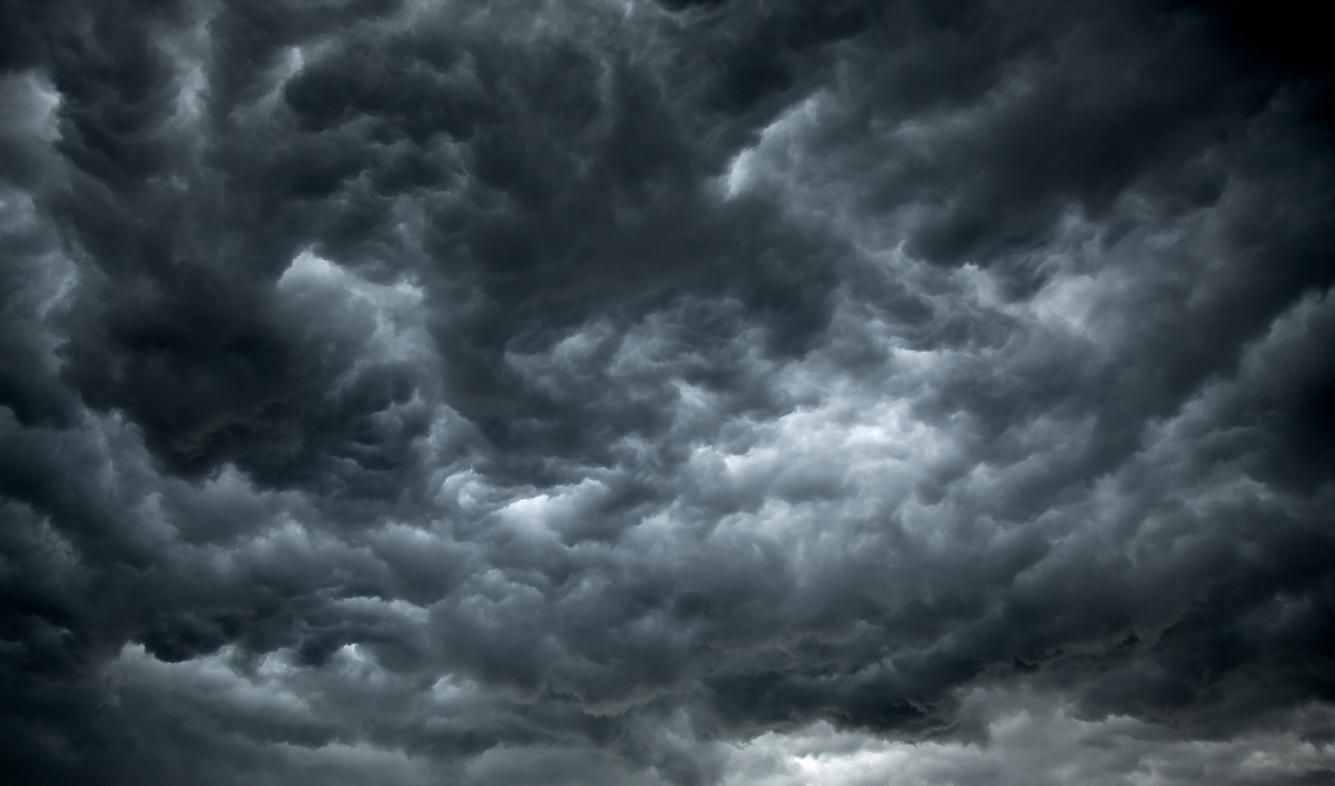Just recently, the term “thunder fever” emerged as the UK braced for stormy conditions because of explosive Atlantic weather systems. Those afflicted with pulmonary issues such as asthma were strongly advised to stay indoors and avoid potentially dangerous air. Typically, rainy weather is viewed as a benefit to those suffering from allergic asthma, so why do these more severe storms seem to be causing such a panic?
For more information about the relationship between air quality and asthma symptoms, contact the top asthma doctor in New York, Dr. Shukla.
What are the Conditions for Thunder Fever?
One typically associates nasty weather conditions with the autumn or winter months, however rogue heat waves have been known to create electrical storms when you’d least expect it. If certain conditions are met, Thunder Fever could very well be something to keep on your radar. The phenomenon occurs when there is a high pollen count in the air, excessive humidity, and volatile wind.
How Thunderstorms can Affect Your Breathing
When a thunderstorm occurs, an updraft carries air skyward towards humidified cloud layers. If there happens to be a high pollen count in this air, they go right along with it. The sudden change from floating on dry air to absorbing the much more humid air causes the pollen to explode into tiny particles. These allergen particles are delivered back down to us via a downdraft and scattered throughout the storm, many of them making their way into our lungs.
Is There Cause for Concern?
Living with asthma in normal conditions can be a daily struggle, now do you need to hold your breath every time you see lightning strike? Probably not every time. However, the implications of Thunder Fever should not be taken lightly either. In the US, over 3 million people suffer from Hay Fever, with an additional 3 million afflicted with asthma. Sonia Munde of Asthma UK states, “Thunderstorms can have a devastating impact on people with asthma and trigger an asthma attack which could be fatal.”
Though specific conditions must be met to cause the phenomenon, if the weather is right, these ruptured pollen particles can get themselves stuck in peoples’ lungs. Even those with no respiratory problems may experience irritation and inflammation while those with pre-existing asthma may experience a severe attack.
In a 2013 study, allergists discovered that people who suffered from respiratory problems who remained indoors with their windows closed during a storm did not experience symptoms.
It is advised that during these conditions, asthma sufferers keep their medications handy and refrain from breathing outside air as much as possible. Keep an eye out for weather forecasts and pollen counts in the air to stay ahead of this potentially life-threatening phenomenon.
Allergy and Asthma Doctor in New York
For over 15 years, Dr. Mayank Shukla has been treating patients who suffer from asthma, allergies, and sleep disorders. As he expands from Brooklyn to Manhattan, Queens, and Staten Island, Dr. Shukla continues to pursue the latest in allergy treatments and asthma treatments in children and adults alike.
Dr. Shukla performed his residency in New York, learning advanced allergy treatment for children. Developing as a specialist, Dr. Shukla became sought-after as a lecturer for healthcare professionals in his division. Over the years he has developed one of the largest asthma programs in New York, seeing between three and six thousand patients every year.
We urge you to contact pulmonologist Dr. Shukla if you think you may be suffering from asthma or allergy symptoms. No matter the weather, his priority is easier breathing for you.

